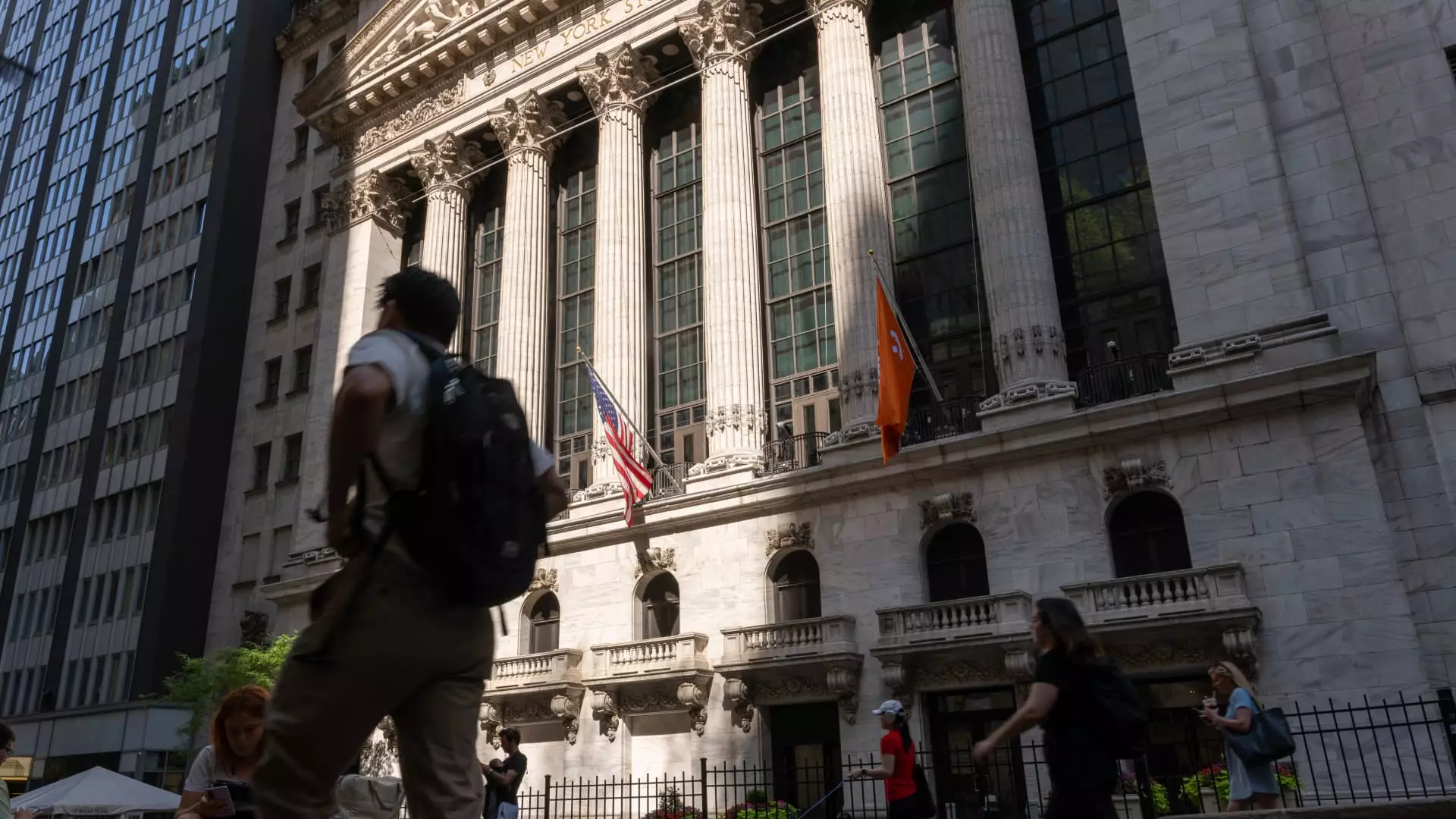The landscape of mergers and acquisitions (M&A) is known for its ebbs and flows, with unpredictability usually becoming the norm. A wave of optimism for vigorous deal-making started the year strong, but the recent imposition of tariffs by the Trump administration introduced significant turmoil to these buying and selling dynamics. This uncertainty resulted not just in market ripple effects but in an overall freeze on M&A activities, especially as investors scuttled in the face of volatile conditions.
Despite these obstacles, the momentary disruption has shown signs of thawing. Following the suspension of some tariffs, renewed vigor in the M&A sector has emerged. The psychological and financial aspects of the deal-making process are intricately linked; clarity in trade policies often encourages shareholders to venture out of their safe havens. M&A activity surged to an impressive value of over $227 billion in March, comprising nearly 586 transactions — figures that would make any M&A enthusiast’s heart race. Yet, the rapid downturn saw a plunge to about 650 deals worth approximately $134 billion in April. This swing paints a vivid picture of just how fickle and sensitive the market can be to policy changes.
The Role of Interest Rates: A Double-Edged Sword
Interest rates hold significant sway over M&A activities, directly impacting borrowing costs and investor sentiment. The specter of rising bond yields often sends shivers down the spines of potential negotiators. Higher interest rates correlate with increased financing costs, which ultimately leads to lower asset valuations and might even deter investors from proceeding with deals. It’s a fundamental tenant of the financial landscape: when borrowing is expensive, fewer deals are consummated. Analysts have noted a palpable shift in focus toward “special situations” — transactions that offer flexibility and come with motivated sellers, revealing a strategy as old as commerce itself: adapt or get left behind.
Charles Corpening of West Lane Partners encapsulates this sentiment well when he notes that after the summer, M&A activity should gain traction again. This perspective resonates strongly with anyone observing the metronomic nature of the marketplace. Deals should gravitate towards those businesses eager to engage while the larger industry stabilizes. It’s a survival instinct, historically witnessed during economic fluctuation.
M&A Dynamics in a Post-Tariff World
Looking closely at the types of sectors engaged in M&A, the technology, telecommunications, and energy markets have witnessed significant activity — and for good reason. These are industries characterized by innovation and rapid growth, which naturally attract investors, especially when confident in stability. Case in point: various noteworthy deals have already been inked this year, including Constellation Energy’s acquisition of Calpine for $16.4 billion. With such colossal sums changing hands, it’s not difficult to envision a revived M&A landscape.
Moreover, consumer companies seem to be shifting their paradigms rather than holding off on transactions. The response not just traces the patterns of corporate financial maneuvering but also indicates that players in the market have begun recalibrating their strategic objectives. Kraft Heinz has openly discussed evaluating potential acquisitions, reflecting a dynamic trend where brands are not merely passive observers but are actively engaging in reshaping their portfolios in anticipation of future growth.
Assessment of a Fractured Market
Yet, while optimism lingers in the air, disarray remains palpable in certain segments. The “poison pill” tactic adopted by major retailers underlines the ongoing anxiety surrounding hostile takeovers and competitive positioning. Economic realities often draw a stark contrast between the enthusiastic acquisitions of larger firms and the precarious balancing acts smaller businesses must navigate. Those entities face both the allure of being absorbed into well-established networks while simultaneously combating entrenched competitive pressures in the market.
What stands out is how consumer behavior also intersects with M&A decisions. Companies like PepsiCo are now quickening their pace to acquire smaller, innovative brands like Poppi, demonstrating not just a hunger for expansion, but a recognition of changing consumer preferences. Mergers and acquisitions are no longer mere transactional decisions; they reflect deeper shifts in societal wants and corporate identity.
The current M&A atmosphere, rife with opportunity yet tempered by caution, reflects a multifaceted view of the economic landscape. From shifts in interest rates to emerging trends of consumer behavior, the intricate dance of mergers and acquisitions will be one to watch as it unfolds in an ever-changing business environment.

